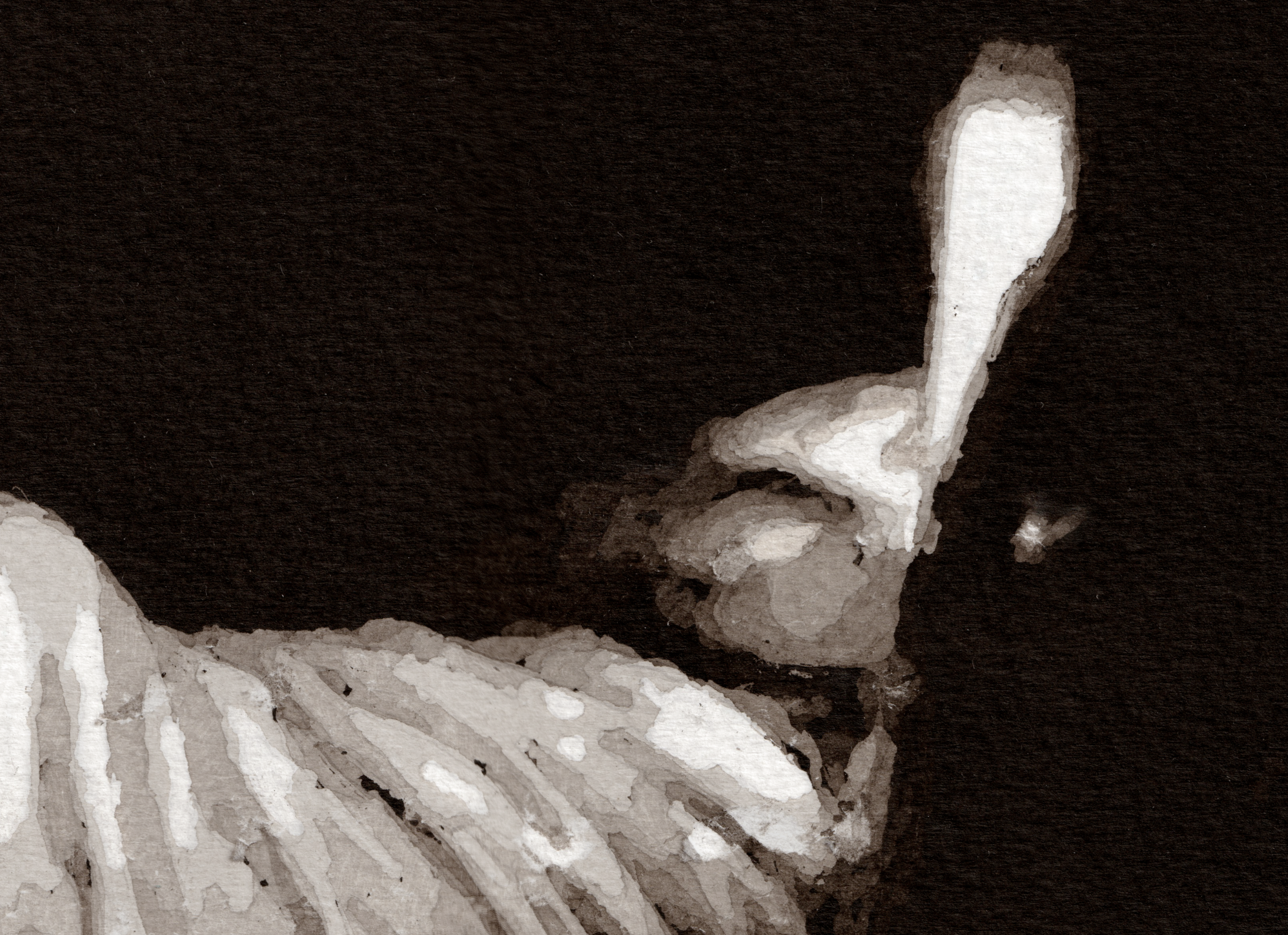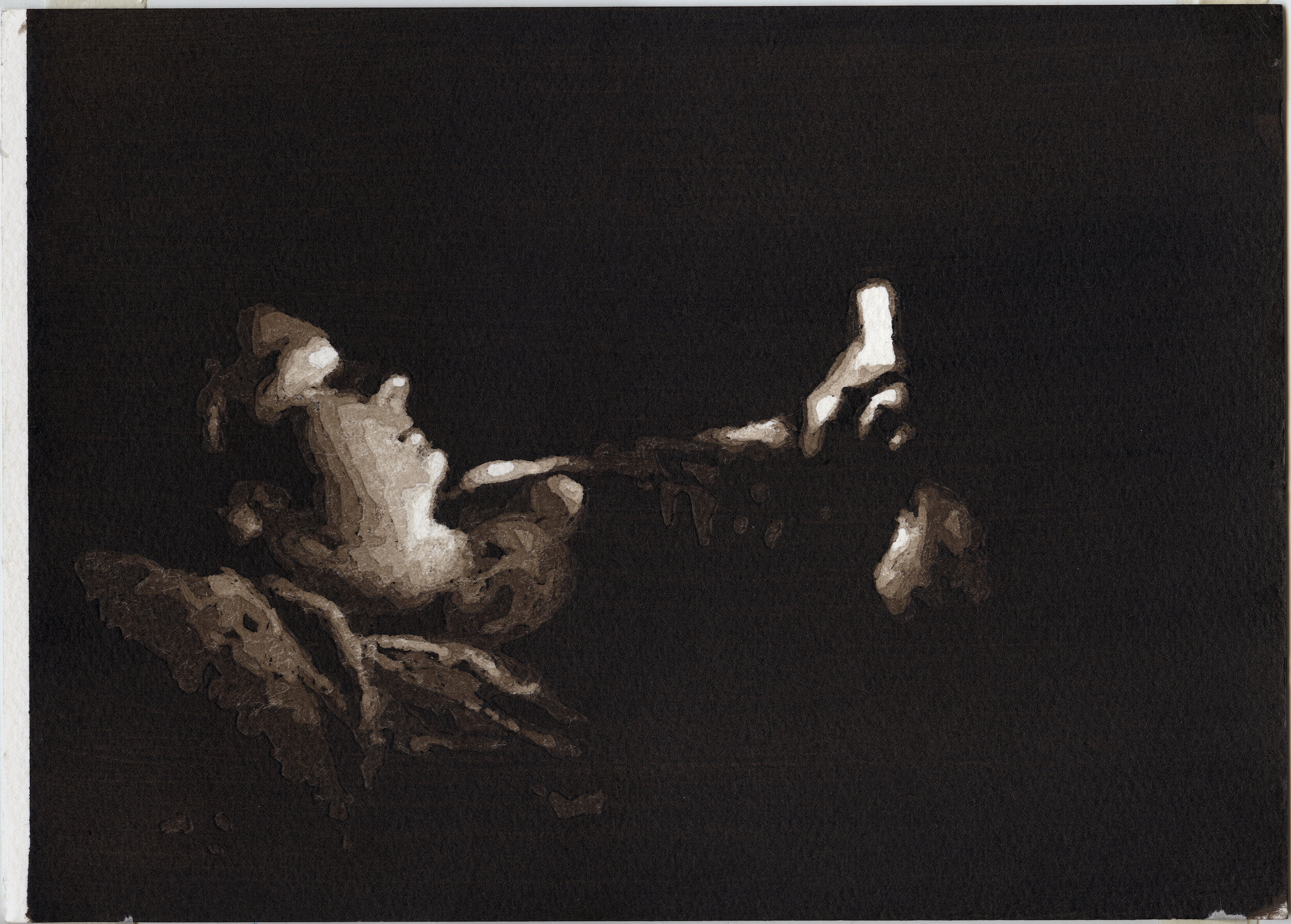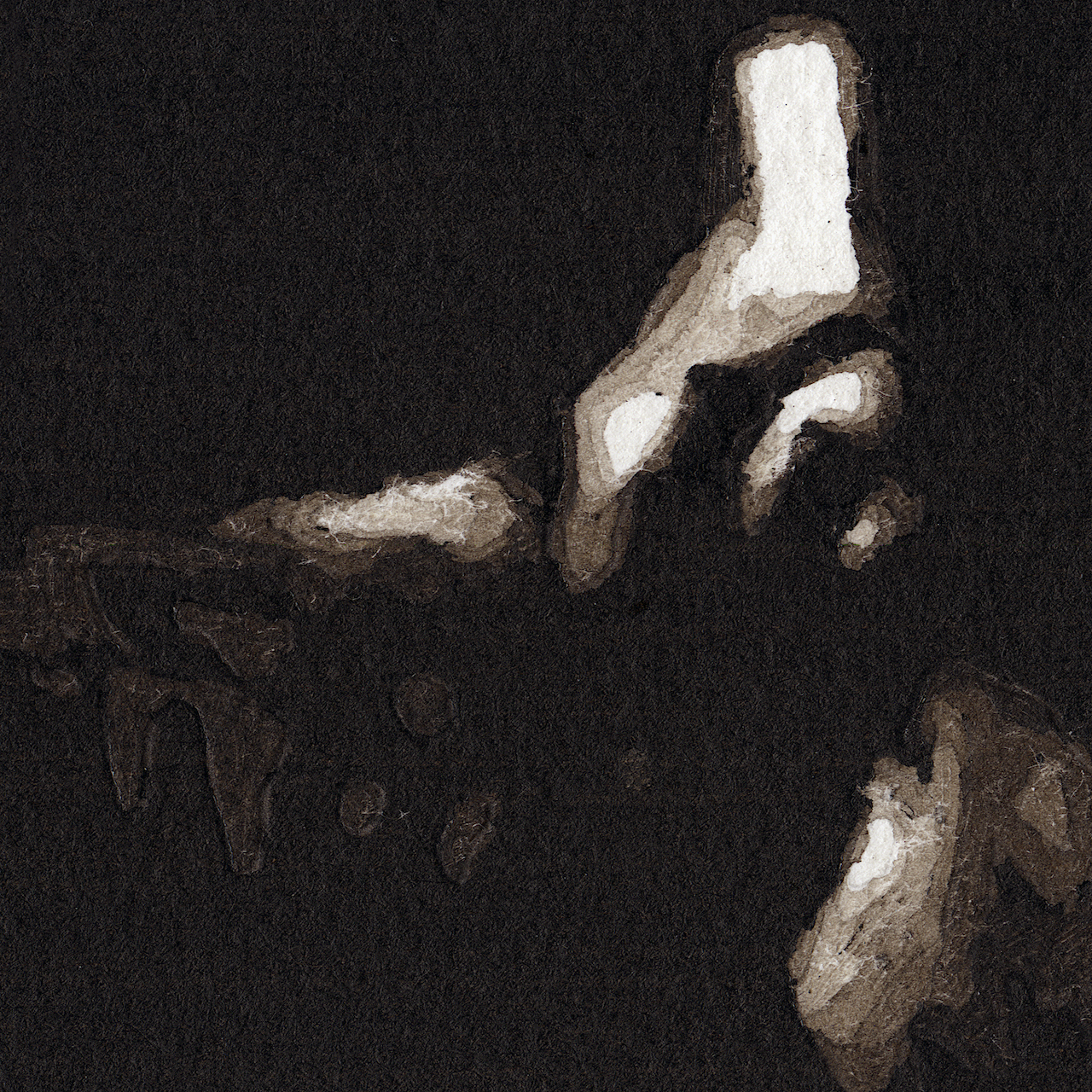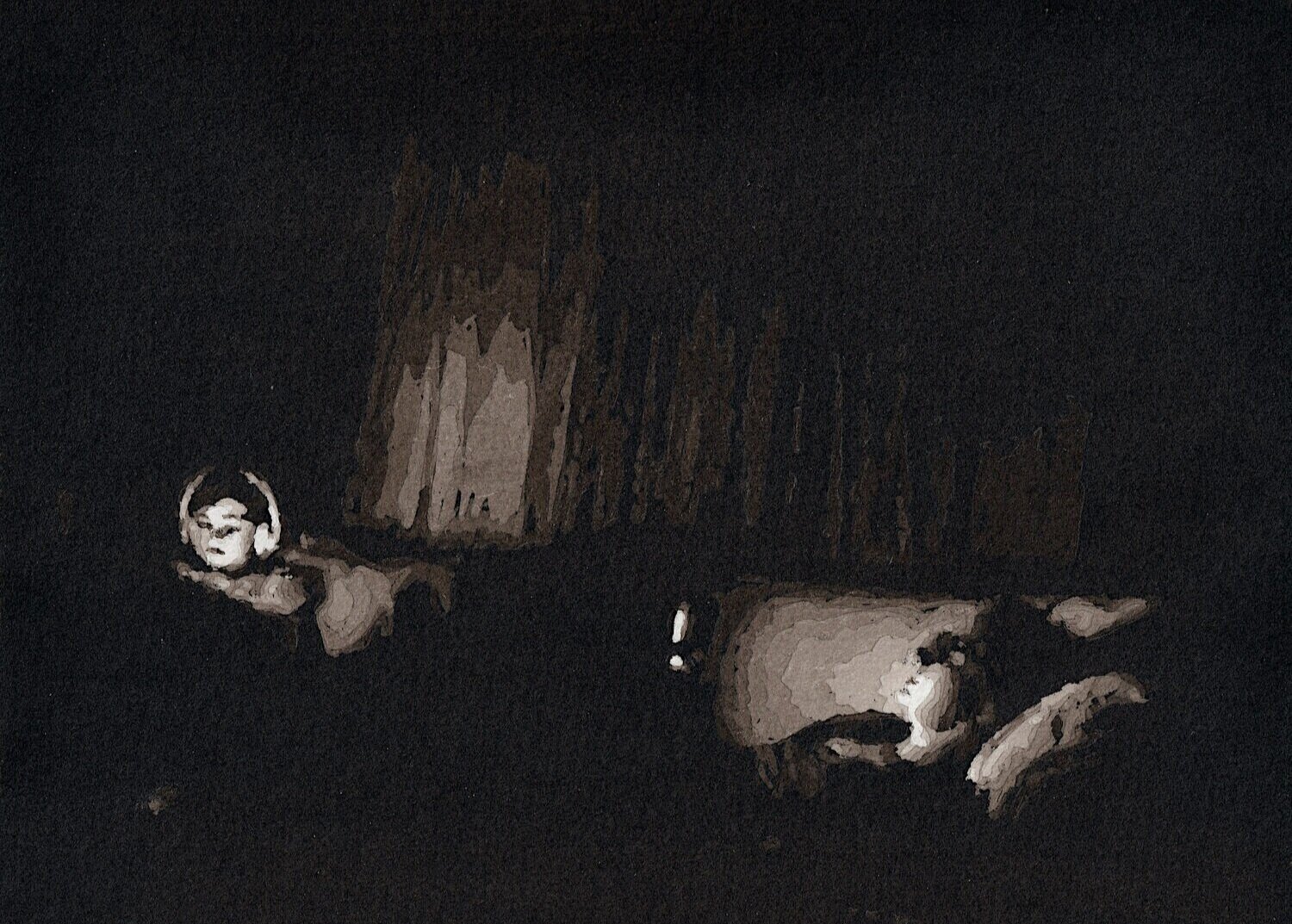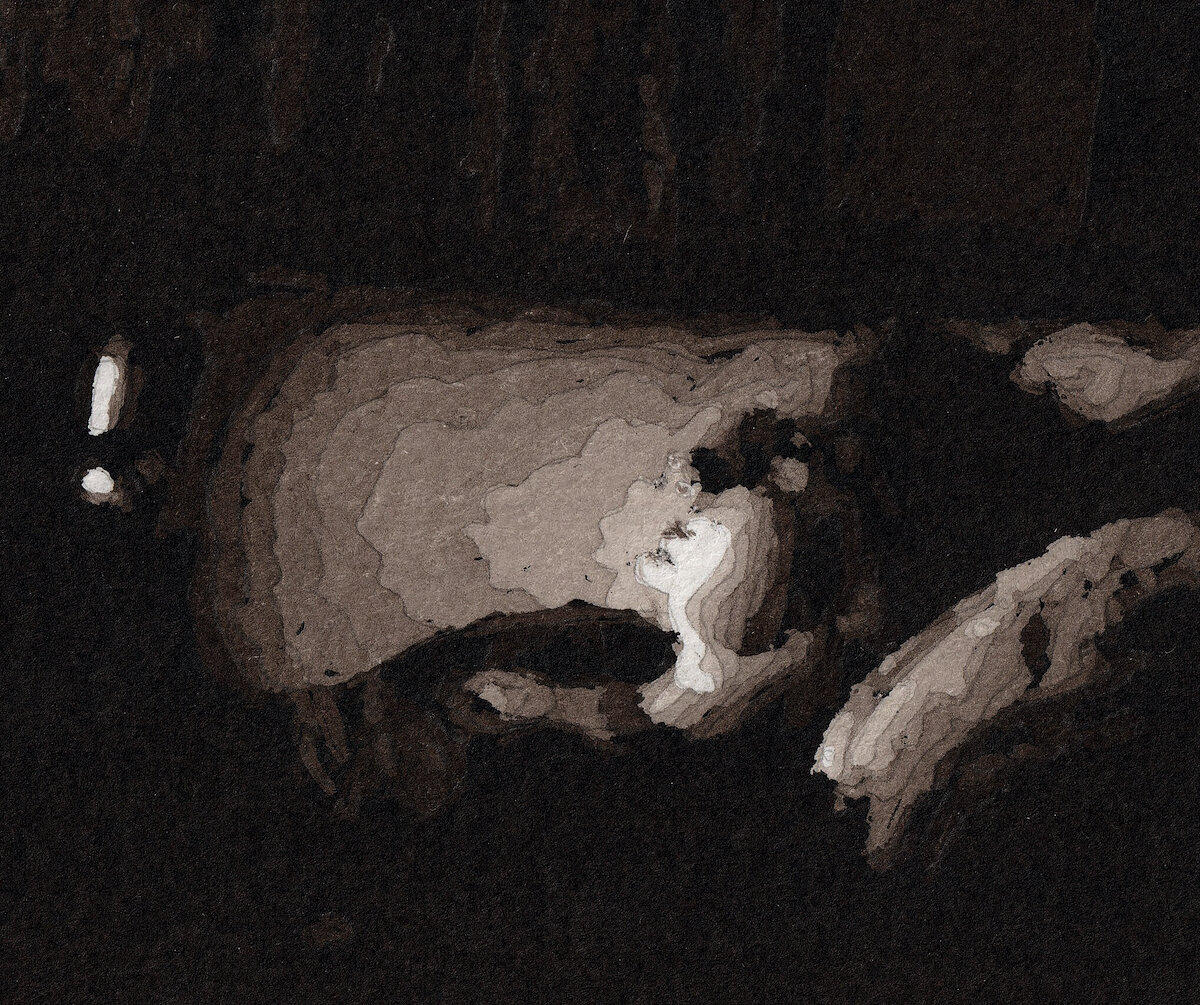Lacrimae Rerum
There’s no easy consensus on how to translate “lacrimae rerum.” Uttered by Trojan hero Aeneas in Virgil’s Aeneid, it can mean “tears of things” or “tears for things.” Very different meanings. Things have feelings and thus must feel sorrow, or things hold our sadness in them and we weep for that burden. Emotionally, I latch onto the idea that there are things in the world and those things have tears, empathy, sadness. Writer María González de León offers this interpretation: “...a personified material universe which accompanies us, suffers with us and is even capable of pouring out the purest materialization of human sadness, in tears.” We have relationships with our things, and just like in a human relationship, things can project their sadness onto us, drive us to darkness and sorrows, open us up to larger tragedies and heartbreak. Some things passively embody tragedy. Some are actively sorrowful. A few only know pain and exist to make others suffer.
“Tears of things” inspired these watercolour paintings of scrolling, glowing portals of sorrow. But also some sadness for the materials used. The bottle of masking fluid used to isolate layers, only to be peeled away and discarded. The sepia watercolour tube, getting skinnier as I used up the pigment. Converting the raw materials into an image of people staring into impermanent image machines of sadness has its own melancholy. The series is called “Lacrimae Rerum”, but I also think about the Japanese idea of “mono no aware” (物の哀れ), literally “the pathos of things”, or “an empathy towards things.” Impermanence in life, impermanence of things, flickering and disappearing images on screens.

